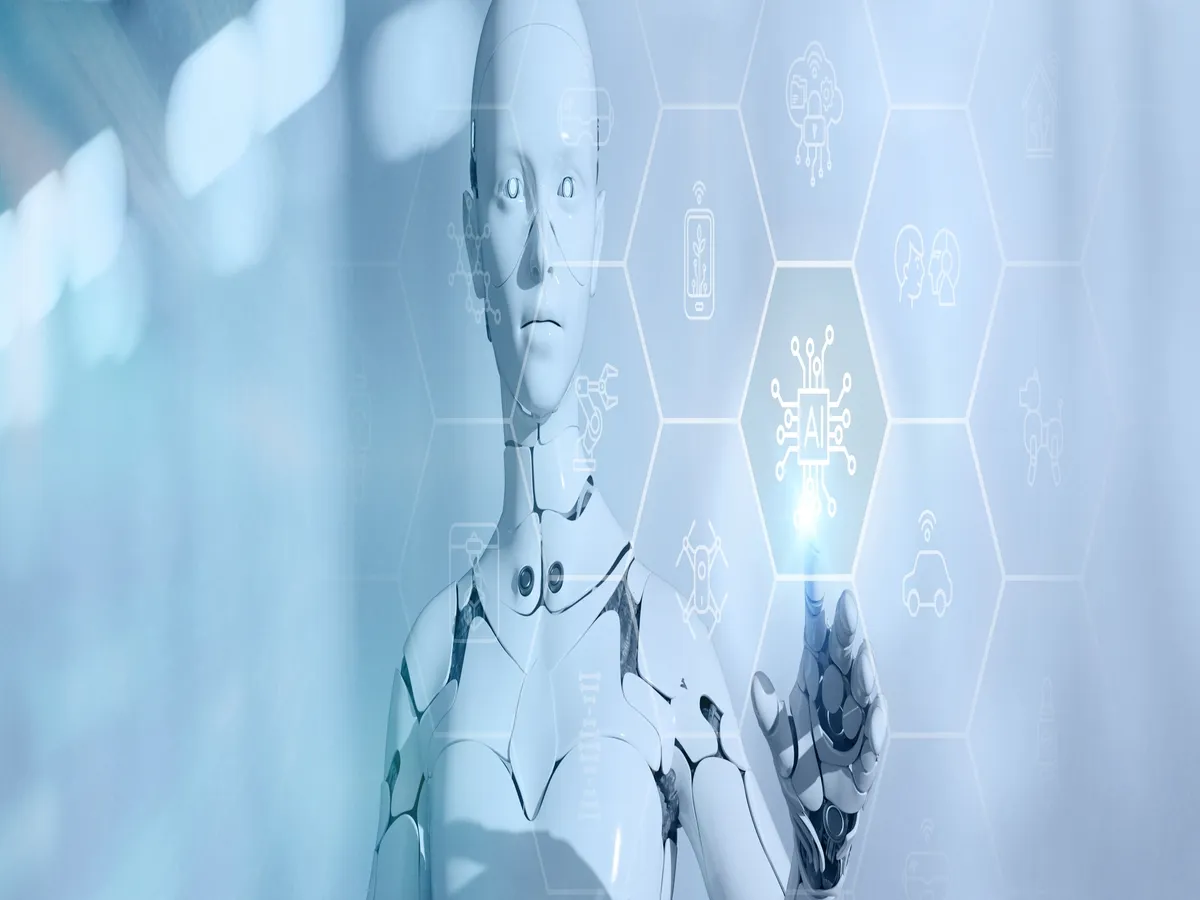Business News
The AI productivity boom: How GenAI is poised to add $438 bn to India's GDP by 2030

4 min read | Updated on August 21, 2025, 16:58 IST
SUMMARY
India is a global leader in AI adoption, with 92% of knowledge workers using AI. This is giving productivity a big boost. GenAI could add up to $438 billion to India's GDP by 2030, automate 24% of tasks, and save workers up to 10 hours a week.

GenAI could add up to $438 billion to India's GDP by 2030
Imagine an average workday for a professional in India. Once overwhelmed by repetitive tasks, he now has a powerful co-pilot at his side: AI. This isn’t a fantasy, but a new reality, and it’s driving a productivity boom. India has one of the highest AI adoption rates globally which is redefining how companies and their employees work.
A recent report by Microsoft and LinkedIn, the 2024 Annual Work Trend Index, confirms this shift. Around 92% of knowledge workers in India now use AI at work, far surpassing the global figure of 75%. This data, collected from a survey of 31,000 people across 31 countries, shows that AI is no longer a niche tool but an essential part of the workflow for a vast majority of the Indian workforce.
GenAI: Driving productivity in India
The gains are real and substantial. According to an EY India survey, AI is ready to boost productivity in the IT sector alone by 43-45% over the next five years. The true reason for this growth is Generative AI, which is set to add $359-438 bn to India's GDP by 2030, a 5.9-7.2% increase in economic growth. Over the next seven years, its cumulative impact could reach $1.2-1.5 trillion. The EY report also predicts that GenAI could fully automate 24% of work and thus reduce the time spent on another 42% of tasks. This could save employees 8-10 hours per week.
Usage of GenAI tools
ChatGPT is a dominant tool, followed by Google’s Gemini. This widespread adoption is a key driver of productivity. Interestingly, India leads the Asia Pacific region, with a Deloitte survey finding that 93% of students and 83% of employees are using GenAI. Similarly, a Boston Consulting Group or BCG report reveals that 92% of Indian employees regularly use these tools, well ahead of the global average of 72%.
Time savings and efficiency
GenAI’s primary role is to save time. The Deloitte report found that 86% of Indian users report faster task completion, with 85% noting improved work output quality. The EY report, 'The AIdea of India: 2025', underlines this, predicting that GenAI could save employees 8-10 hours per week.
Enhanced creativity and ideation
Beyond simple automation, GenAI is acting as a creative partner. The Deloitte survey found that 83% of Indian users credit GenAI with improving their ideation capabilities, helping them generate creative solutions more quickly.
Productivity gains by sector
-
IT and technology: The IT sector is a major adopter. Companies are using GenAI for assistive coding, bug detection, and automating documentation.
-
Financial services: GenAI is enhancing customer service and automating operations. An EY report projects productivity in this sector could improve by 34-38% by 2030, with banking operations specifically seeing a boost of up to 46%.
-
Knowledge work: For highly skilled workers, GenAI is a performance booster. An MIT Sloan study found that workers assisted by GenAI performed 38% better on certain tasks, with the biggest improvement seen among those with lower skill levels.
-
Healthcare: AI-powered diagnostic tools are being used to detect diseases like cancer early. GenAI is also creating medical training simulations, helping professionals hone their skills.
-
Education: Companies like Physics Wallah have developed personalized AI-powered study companions. The Sikshana Foundation, with Microsoft, is piloting an AI copilot for teachers that shortens lesson preparation time from over an hour to just minutes.
Impact on India’s economy
The EY report projects GenAI could drive a 2.61% productivity boost to India's economy in the organized sector, with a potential for an additional 2.82% if also adopted by the unorganized sector. The report, analyzing over 10,000 tasks, suggests 24% can be fully automated, and 42% can be augmented, potentially freeing up 8-10 hours per week for knowledge workers.
While the economic impact is positive, challenges remain. A major hurdle is the talent shortage, with 97% of executives citing a lack of skilled talent as a key barrier. Data readiness and cybersecurity are also concerns standing in the way. To address these issues and capitalize on the GenAI opportunity, the Indian government has launched the IndiaAI Mission with an approved budget of ₹10,300 crore.
There is also the flipside of integrating AI in the workplace, especially an overdependence on it. Job displacement is the most substantial drawback as automation leads to job losses. Moreover, decisions made by AI might be affected by hidden biases. There is also a risk of inaccurate predictions and systemic errors.
Therefore, organisations must incorporate AI into their functioning in a balanced manner, using it as a tool that complements the job of employees, not replacing them.
By signing up you agree to Upstox’s Terms & Conditions
About The Author
Next Story

